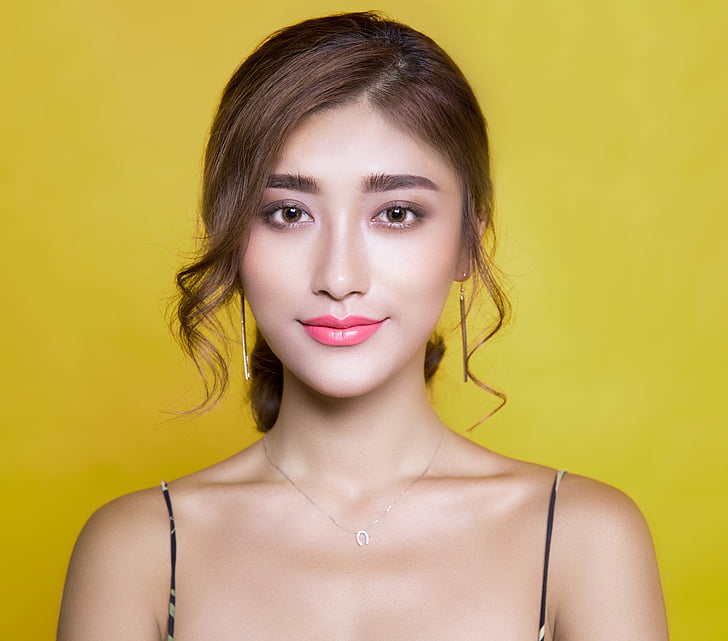Choosing the best background for professional headshots can make or break your photo. The right backdrop helps you look polished, approachable, and confident. No matter if you're updating your LinkedIn profile or getting corporate headshots, the background plays a key role. In this guide, we’ll dig in to the top 8 best backgrounds for professional headshots, including classic options, creative ideas, and tips to make your photo stand out.

1. Classic White Background
A white background is a timeless choice for professional headshots. It creates a clean, modern look that works well for corporate profiles and LinkedIn photos.
- Key benefits:
- Provides a neutral, distraction-free backdrop.
- Makes your face and clothing stand out clearly.
- Works with any outfit color or style.
For more examples, see this guide to white background headshots.

2. Use Assembo.ai to Create Custom Backgrounds
Assembo.ai lets you experiment with different headshot backgrounds digitally. Upload your photo and try various backdrops to see what works best.
- How it helps:
- Test backgrounds without physical setups.
- See how colors complement your skin tone.
- Save time and money on trial shoots.
Learn more about Assembo.ai's background tools.

3. Sophisticated Black Background
A black background adds drama and elegance to professional headshots. It works particularly well for creative professionals and executives.
- Why it works:
- Creates a bold, high-contrast look.
- Makes light-colored clothing pop.
- Conveys authority and confidence.
See examples of black background headshots.

4. Office Environmental Background
An office background shows you in your work environment, adding authenticity to your professional headshot.
- Tips for success:
- Keep the background slightly blurred to avoid distractions.
- Ensure good lighting on your face.
- Choose a tidy, professional-looking area.
Get inspired by environmental headshot examples.

5. Natural Outdoor Settings
Outdoor backgrounds add warmth and approachability to professional headshots. They work well for creatives and professionals in relaxed industries.
- Best practices:
- Use open shade to avoid harsh shadows.
- Choose simple, uncluttered backgrounds.
- Avoid direct sunlight that causes squinting.
View outdoor headshot examples.

6. Solid Colored Backgrounds
Colored backgrounds can reinforce your personal brand when chosen carefully. Stick to muted, professional tones.
- Color psychology tips:
- Blue conveys trust and stability.
- Gray appears professional and neutral.
- Green suggests growth and health.
Learn more about color psychology in headshots.
![]()
7. Bokeh Effect Backgrounds
The bokeh effect creates a soft, blurred background that keeps focus on your face while adding visual interest.
- How to achieve it:
- Use a fast lens (f/2.8 or wider).
- Position yourself far from the background.
- Include small light sources for the effect.

8. Digitally Replaced Backgrounds
With photo editing, you can place your headshot against any background. This offers maximum flexibility.
- Important notes:
- Ensure clean edges when cutting out your image.
- Match lighting between subject and background.
- Keep it realistic for professional use.
Learn how to replace backgrounds in Photoshop.
Final Thoughts
The best background for professional headshots depends on your industry and personal brand. Classic neutrals like white and gray work for most corporate needs, while creative fields can experiment with colors and textures. Remember the background should complement, not compete with, your face. Test different options to find what makes you look most professional and approachable.
